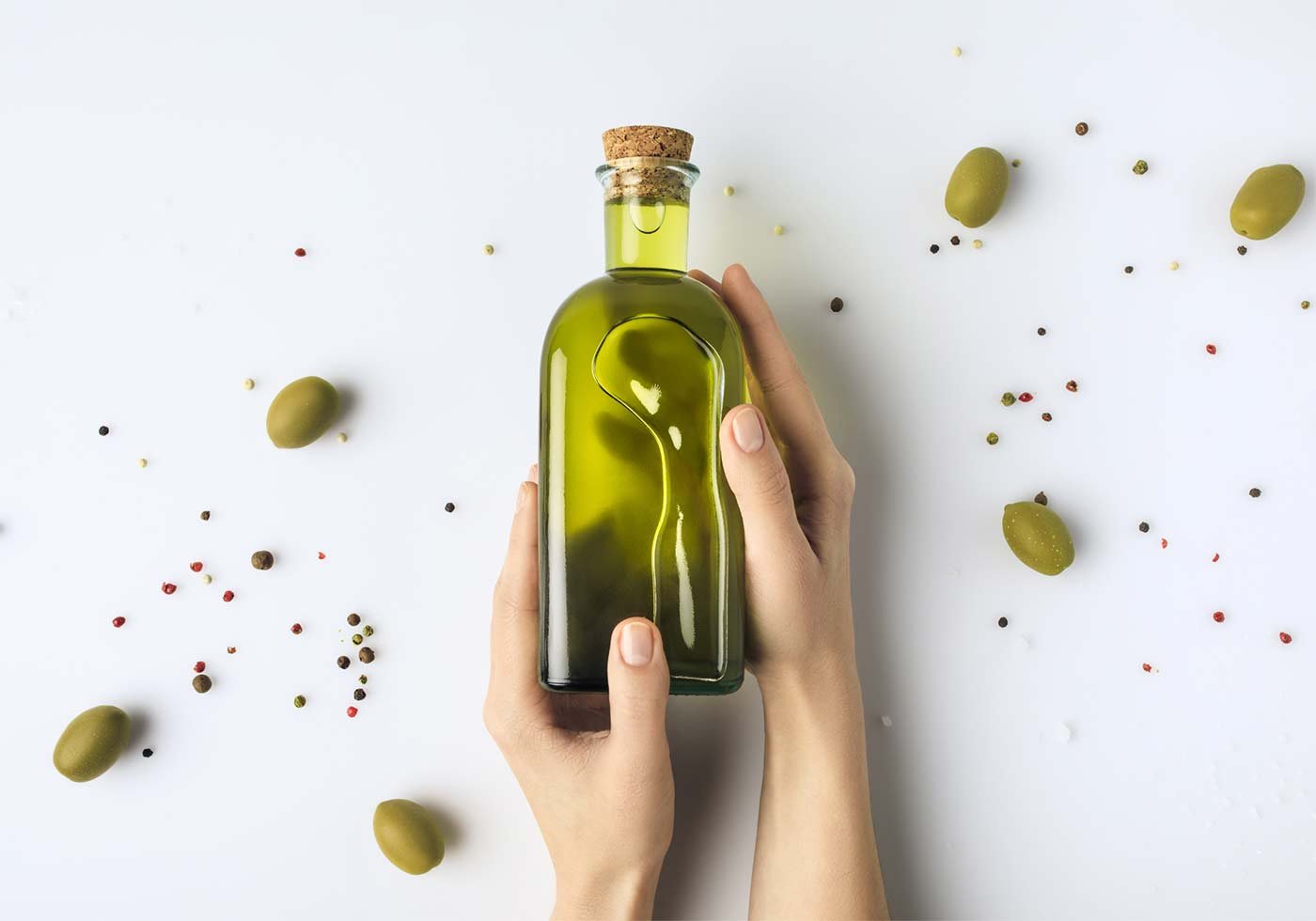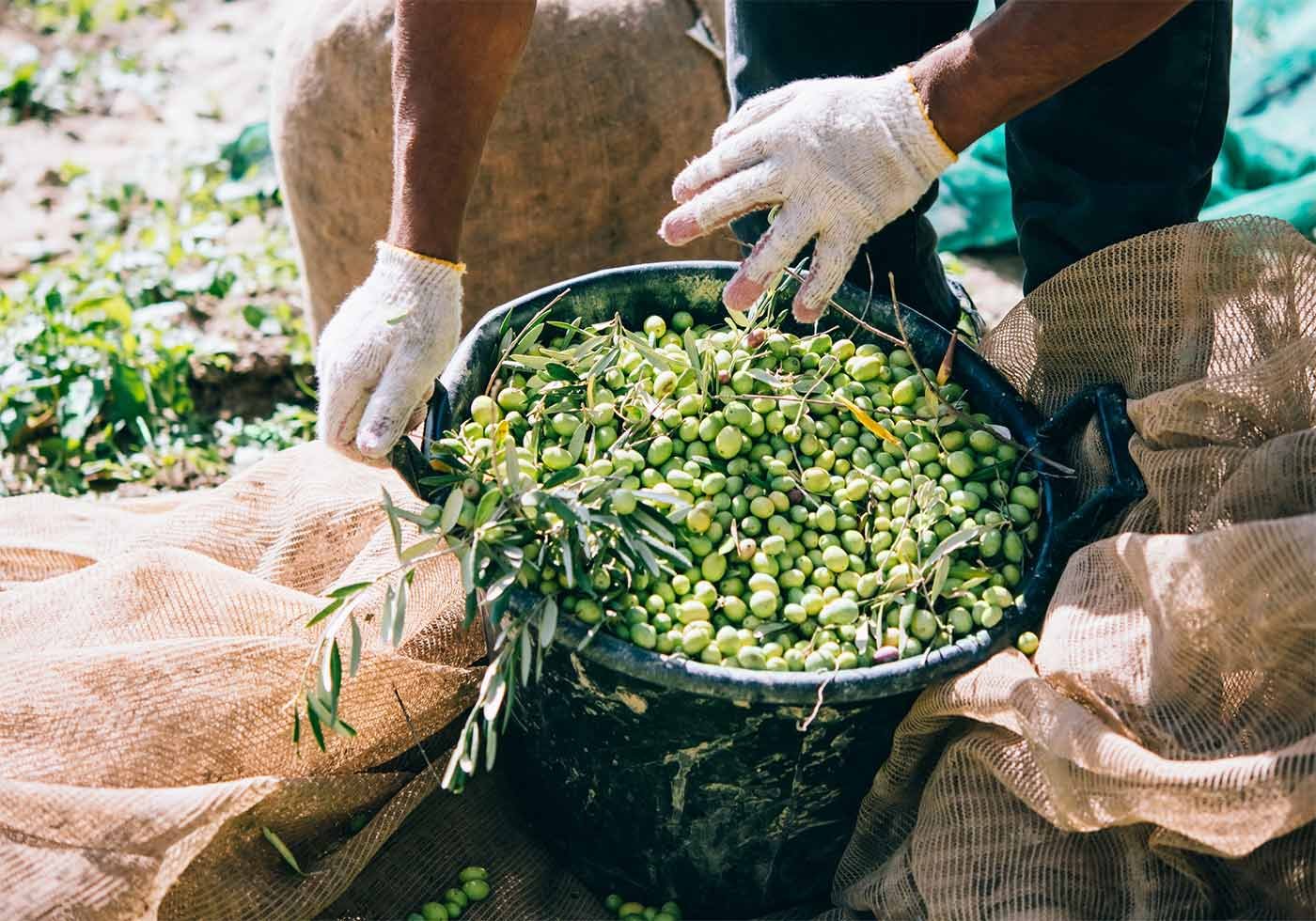
Unveiling the Elegance of Excellence: A Guide to Selecting the Best Quality Olives.
Olives, the timeless gems of the Mediterranean, have enchanted palates around the world for centuries. From the diverse flavors to the myriad of health benefits, the journey to discovering the best quality olives is a culinary adventure worth savoring. In this guide, we will explore the key factors to consider when seeking out the finest olives for your culinary creations.
- Varietal Selection:
Just as with wine, the varietal of the olive greatly influences its flavor profile. Some well-known olive varieties include Kalamata, Manzanilla, Castelvetrano, and Picholine. Each varietal offers a unique combination of taste, texture, and size. Experimenting with different varietals allows you to discover the nuances that best complement your dishes.
- Quality of Processing:
The quality of processing is a crucial factor in determining the overall excellence of olives. Whether they are brine-cured, water-cured, or dry-cured, the method employed significantly affects the final flavor and texture. Look for olives that have been processed with care, preserving their natural characteristics and avoiding excessive use of additives or preservatives.
- Texture Matters:
The texture of olives can range from tender to firm, and your preference may vary depending on the culinary application. Tender olives, such as the popular Castelvetrano, are delightful for snacking, while firmer olives like Picholine may be better suited for salads or cooking. The ideal texture is subjective, so explore different options to find the perfect balance for your palate.
- Colorful Palette:
The color of olives is not merely an aesthetic consideration; it can also indicate the stage of ripeness and the flavor profile. Green olives are typically harvested before ripening, offering a more bitter and firm taste, while black olives are fully ripened, delivering a milder and fruitier flavor. Multi-hued olive assortments can add visual appeal to your dishes and introduce a spectrum of tastes.
- Packaging and Preservation:
The packaging of olives plays a crucial role in maintaining their quality. Look for olives stored in jars or cans that are airtight and prevent exposure to light, which can affect both flavor and color. Extra-virgin olive oil is a preferred medium for packaging, as it not only preserves the olives but also imparts additional depth of flavor.
- Organic and Sustainable Practices:
Opting for olives produced through organic and sustainable practices ensures that you are not only savoring superior quality but also supporting environmentally responsible agriculture. Many artisanal producers adhere to traditional farming methods, avoiding the use of synthetic pesticides and fertilizers, resulting in olives that are not only delicious but also mindful of the planet.
Conclusion:
Embarking on the quest for the best quality olives is a journey of sensory exploration and gastronomic delight. From the varied varietals to the processing methods, each aspect contributes to the nuanced world of olive appreciation. Whether you’re a connoisseur or a casual enthusiast, the key is to savor the diversity and select olives that align with your culinary vision. Elevate your dishes, tantalize your taste buds, and celebrate the timeless elegance of excellence that only the finest olives can deliver.

